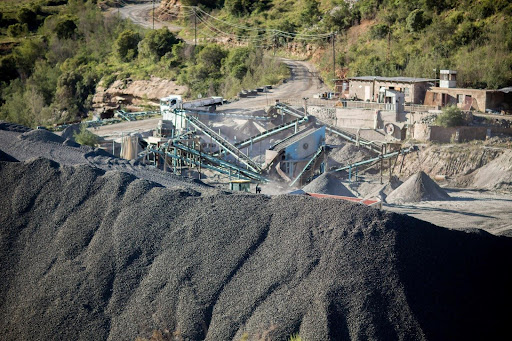The mining industry is undergoing a large transformation with new technologies such as artificial intelligence (AI). As more companies seek to enhance their operations, AI is becoming the top tool for modern mining processes. Managers can use its various capabilities to ensure their future success.
How AI Is Revolutionizing the Mining Sector
The mining industry positions itself to achieve greater results in cost-efficiency, productivity and safety with the power of innovative technology. Leaders are deploying AI in mining operations in the following ways.
1. Hazard Detection and Prevention
AI is improving safety in mining by leveraging machine learning and data analysis. AI systems can track worker activities to notify site management about potential hazards before accidents occur. For instance, AI-powered sensors can track harmful gases like methane in underground mines. If the detection levels are too dangerous, workers receive early warnings while AI automates ventilation adjustments to prevent buildups.
2. Optimizing Resource Extraction
AI is improving how miners extract resources, which is key to the economic sustainability of many countries. It can make the extraction process more efficient using advanced algorithms and data analysis. This improvement ensures companies get the most out of their mining operations with less waste.
For example, AI can analyze geological data to pinpoint the best areas to mine, saving time and resources. This process boosts profitability for mining companies and responsible resource extractions.
Efficiency at this level is especially critical for nations that rely heavily on funding from resource production. Approximately 63% of 81 countries that rely on resource extraction for economic sustainability are low- and middle-income nations, and AI can help them maintain steady revenue.
3. Predictive Maintenance and Equipment Monitoring
Machine usage can be intense in operations like mineral processing, boosting wear and tear and costs in maintenance and repairs. AI assists by analyzing data from the equipment’s sensors to monitor its condition in real time. This allows for early detection of potential issues — such as parts wearing or overheating — before they lead to costly breakdowns or downtime.
For instance, AI systems can track the performance of crushers, mills and conveyor systems and predict when these machines will likely need maintenance. Operators can schedule repairs during planned downtime and keep operations running smoothly. Studies have shown AI models to increase equipment efficiency by 9%, helping companies save more time and money in the long run.
4. AI-Powered Process Automation
Mining businesses can use AI to streamline tasks that were once time-consuming and labor-intensive. This is because AI automates various operations by optimizing sorting, drilling and blasting.
For instance, AI systems can identify and separate valuable minerals from waste material in ore sorting. Traditionally, this process requires considerable manual labor and is prone to errors.
However, AI-powered sensors and cameras can analyze the material moving along a conveyor belt, sorting it with greater accuracy and speed. While automation will improve the final product’s quality, it will also reduce time and cost in the mining process.
5. Real-Time Data Analysis and Decision-Making
In the past, mining companies had to rely on delayed data reports and manual analysis to make decisions. This has always led to inefficiencies and missed opportunities. Today, around 40% of operations use AI to process information from various sources continuously.
Drones capture high-resolution images and videos of open-pit mining operations. AI can then analyze the content to detect irregularities in the terrain for potential safety risks, such as landslides or unstable ground conditions. This capability enables operators to make quicker, more informed decisions responding to certain mining conditions.
Challenges of Implementing AI in Mining
AI can benefit mining companies in various ways, but ensuring successful integration to maximize this technology’s potential is imperative. For example, operational managers can experience difficulty quantifying qualitative or limited detection factors, such as asset health status.
These factors are often complex and challenging to measure, leading to data gaps that AI needs to make accurate predictions. However, organizations can overcome this by investing in advanced sensor technologies for better collection.
Another challenge is the need for a universal model, as most AI systems are only useful in specific applications. This limitation leads to inefficiencies when applying a single model across different tasks.
Customizing and scaling AI models for various applications is one way to tackle this problem. Larger modular systems make room for flexibility and targeted deployment, ensuring each part of the mining process benefits from AI-driven insights.
The Future of Mining Is AI-Driven
Integrating AI technologies will be a crucial driver of successful mining operations. While some challenges exist, miners can overcome them with the right strategies and investments. As such, leveraging this innovation will be necessary to remain sustainable and responsive to this evolving industry.









